Chasing the Sun: The Early Life of Mária Telkes
Born in Budapest, Hungary, in 1900, Mária Telkes dedicated her life to capturing the power of the sun. Known as “The Sun Queen,” Telkes was one of the most innovative scientists of the 20th century — a pioneer who transformed sunlight into life-changing technology.
While studying physical chemistry at the University of Budapest, she developed a fascination with solar energy. After earning her Ph.D. in 1924, she emigrated to the United States, where she began working as a biophysicist at the Cleveland Clinic Foundation.
By 1939, she joined the Solar Energy Conversion Project at the Massachusetts Institute of Technology (MIT), marking the start of a career that would redefine solar science.
“Sunlight will be used as a source of energy sooner or later anyway”, Telkes wrote in 1951. “Why wait?”
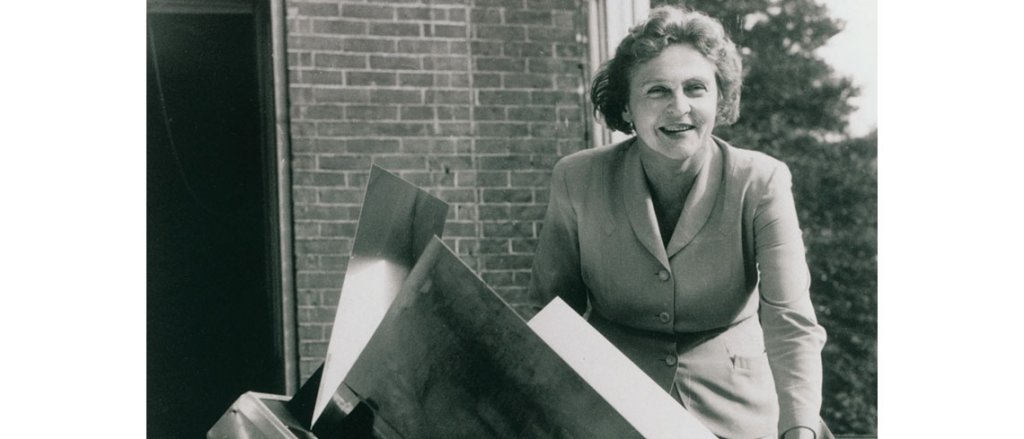
Solar Still: A Lifesaving Invention of World War II
During World War II, Telkes temporarily left her MIT research to assist the U.S. Office of Scientific Research and Development. Her mission: create a portable device to turn saltwater into drinkable water for soldiers stranded at sea.
Her solution was brilliant in its simplicity, an inflatable, solar-powered desalination kit. The device used sunlight to evaporate seawater, then condensed it into fresh water, leaving the salt behind.
The Solar Still, patented in 1968, became a standard-issue survival tool for U.S. military personnel, saving countless lives across the Pacific.
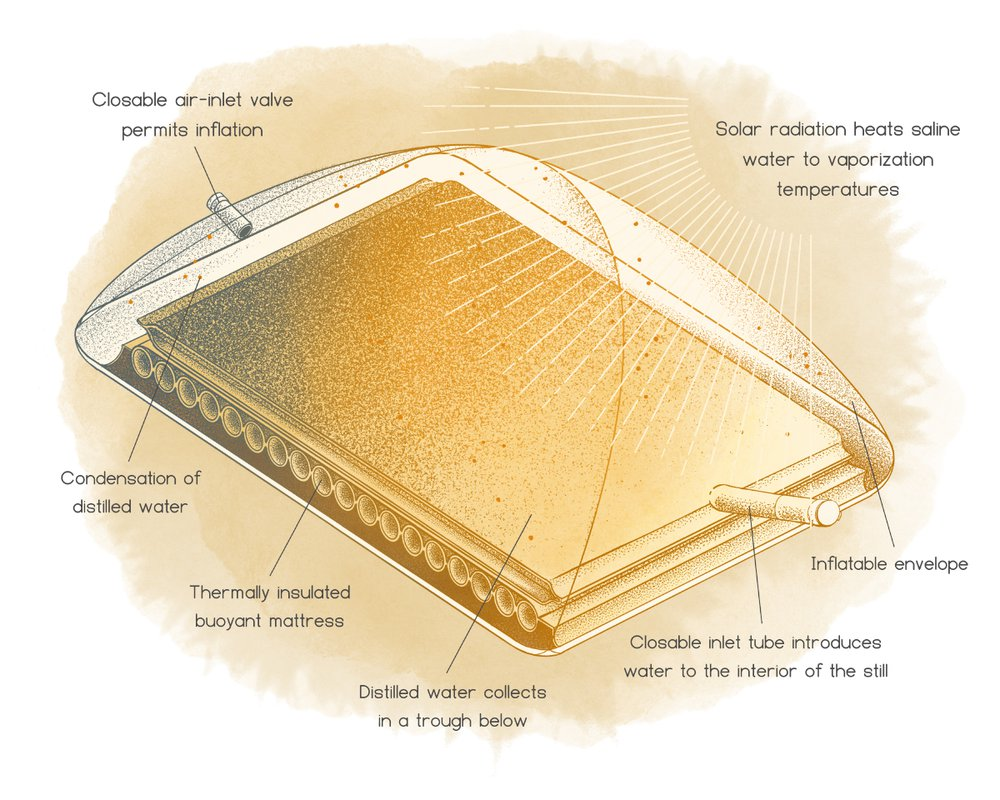
Dover Sun House: The World’s First Fully Solar-Heated Home
In 1948, Telkes collaborated with architect Eleanor Raymond and philanthropist Amelia Peabody to construct the Dover Sun House in Massachusetts, the first home in the world heated entirely by solar energy.
The system relied on Glauber’s salt, a compound capable of storing and releasing heat as it changed phases between solid and liquid. The home’s 18 south-facing windows absorbed sunlight that melted the salt during the day; at night, as it solidified, the stored heat was released to warm the house.
For over two New England winters, the Dover Sun House operated successfully, a stunning demonstration of sustainable living decades ahead of its time.
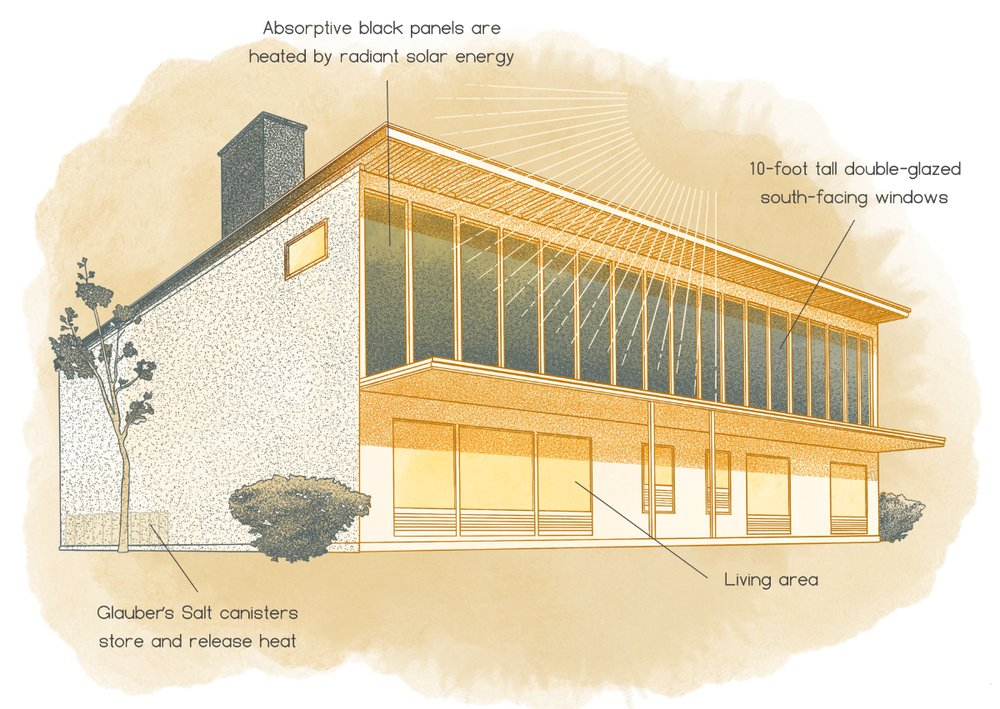
Solar Oven: Cooking with the Power of the Sun
In 1953, Telkes received a Ford Foundation grant to develop a solar cooker for use in developing nations. Working at New York University, she created a low-cost solar oven that required no electricity or fuel.
The design used mirrors and glass panels to concentrate sunlight, achieving temperatures up to 400°F (200°C), all for about four dollars in materials.
“Everything seems to taste so much better when it is cooked by the sun”, Telkes told reporters during a cooking demonstration.
Her solar oven found success in India and other sun-rich regions, where it provided a clean, affordable cooking alternative.
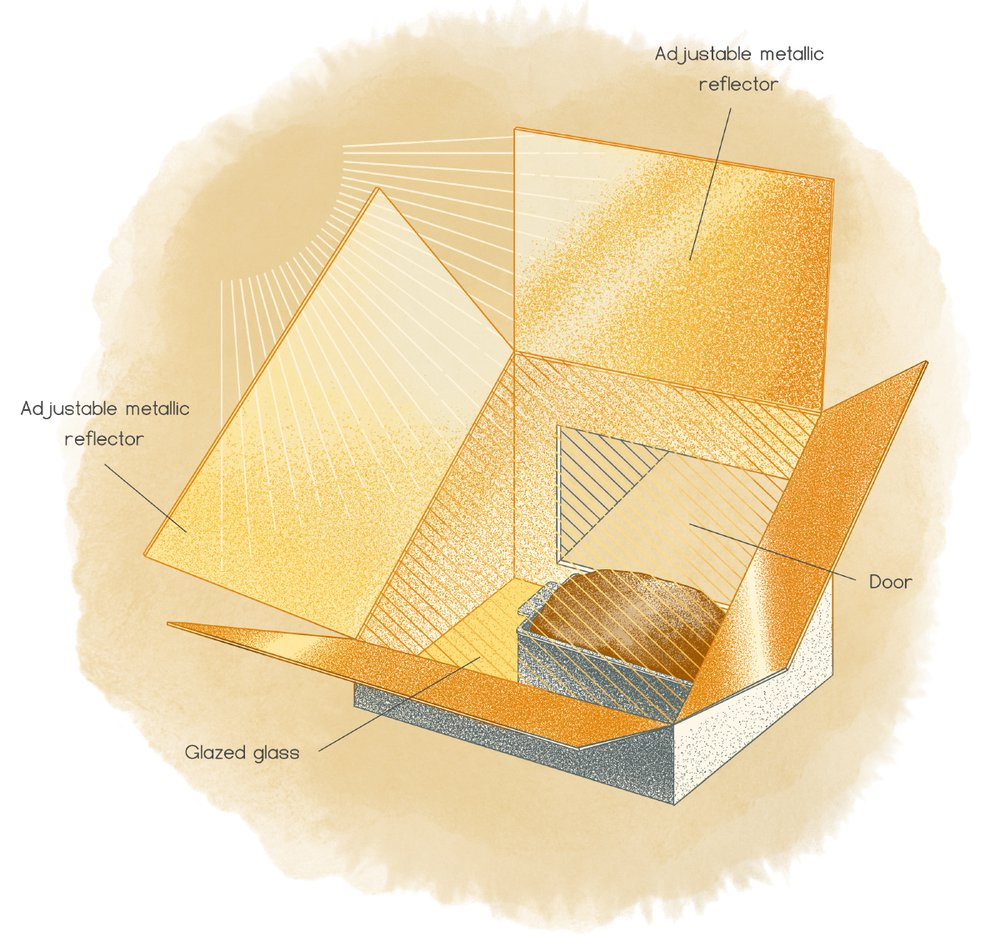
Solar Air Heater: Smart Design for Every Season
Never one to stop innovating, Telkes continued developing solar technologies into the 1970s. In 1977, she patented a solar air heater while working at the University of Delaware.
The device used adjustable aluminum slats, similar to venetian blinds, inside a sun-facing housing. The slats absorbed sunlight during winter to warm indoor air and reflected it in summer to keep homes cool.
Without moving parts or mechanical systems, the solar air heater represented Telkes’s trademark approach: simple, efficient, and practical design that worked with nature, not against it.
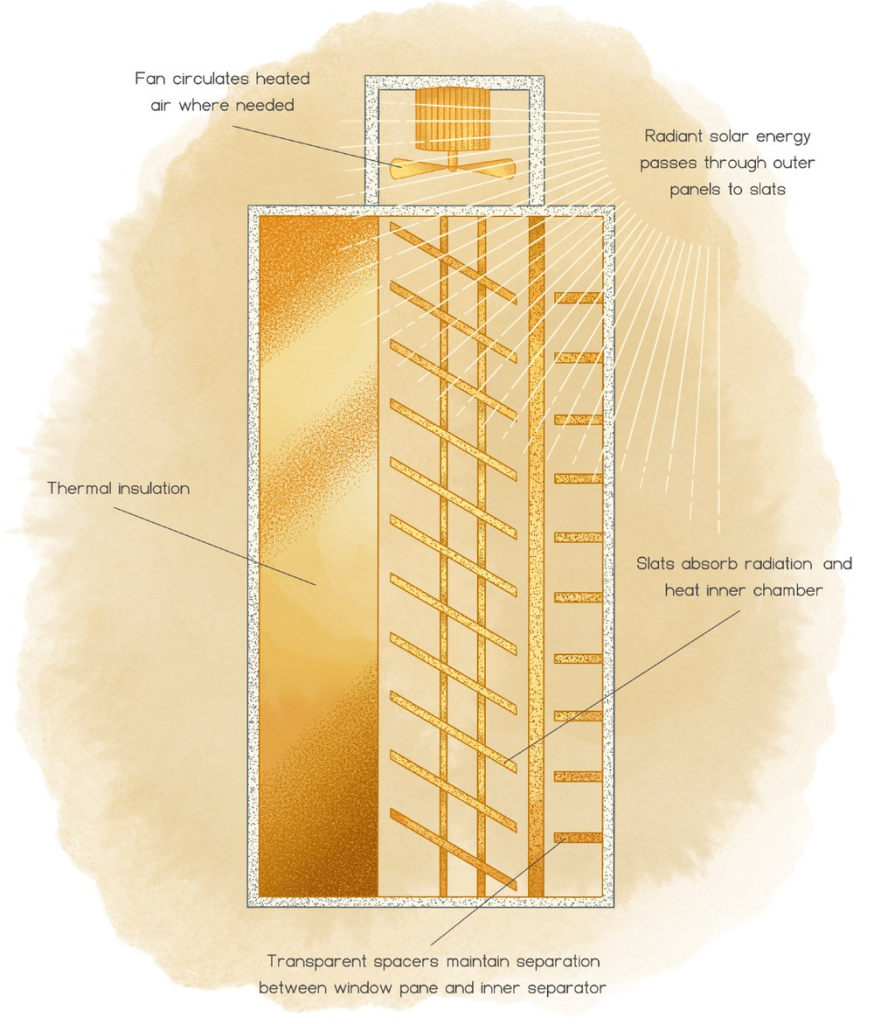
Legacy of the Sun Queen
By the time of her death in 1995, Mária Telkes held more than 20 patents, most dedicated to harnessing solar energy. Her work continues to inspire scientists, architects, and renewable energy advocates worldwide.
Telkes proved that clean, sustainable power could be both innovative and accessible, and that one woman’s vision could change how the world thinks about the sun.
“Why wait?” she once asked. The world is still catching up to her answer.